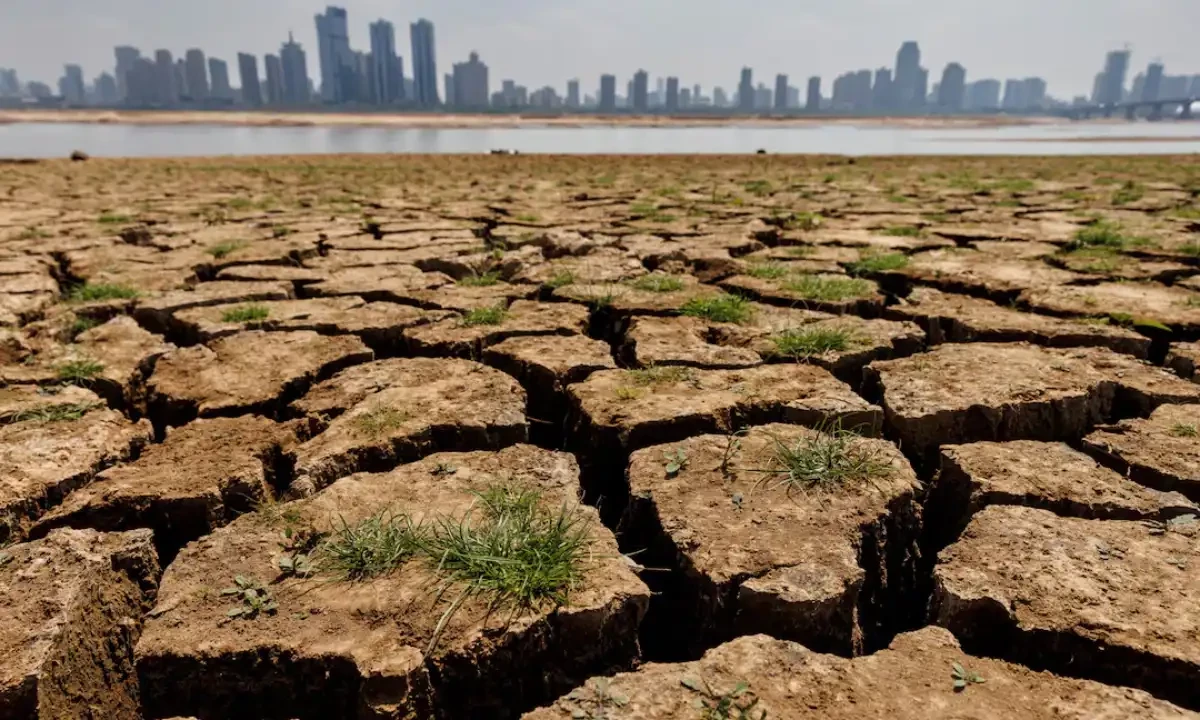Global temperatures likely to exceed 1.5°C limit over next five years, UN agency warns
A new report from the World Meteorological Organization (WMO), a Geneva-based UN agency, warns that global temperatures will likely continue rising, with an 80 per cent chance that at least one year between now and 2029 will be even hotter.
According to the Global Annual to Decadal Climate Update, the planet is predicted to experience temperatures between 1.2 degree Celsius and 1.9 degree Celsius above pre-industrial levels (1850–1900) over the next five years.
In 2024, the WMO estimated that the average global temperature was between 1.34 degree Celsius and 1.41degree Celsius higher than pre-industrial levels (1850-1900). The WMO now projects the 20-year average warming for 2015–2034 to reach around 1.44 degree Celsius above pre-industrial levels.
The report finds a staggering 86 per cent chance that global average temperatures will exceed 1.5 degree Celsius above pre-industrial levels in at least one of the next five years, and a one per cent chance of one of those years exceeding 2 degree Celsius of warming.
There is a 70 per cent chance that the five-year average itself will exceed this 1.5 degree threshold.
The WMO stressed that the 1.5 degree Celsius Paris Agreement target refers to long-term averages over 20 years, meaning its threshold has not been breached quite yet.
However, these near-term spikes are warning signs of an accelerating climate crisis.
The forecast also highlights regional precipitation impacts, including wetter-than-average conditions expected in the African Sahel, northern Europe, and South Asia. Conversely, the Amazon region could see continued drought.
The situation is even more catastrophic in the Arctic than in the rest of the world. The average Arctic temperature over the next five winters (November to March) is expected to be 2.4 degree Celsius warmer than the 1991–2020 average, more than three and a half times the increase in the global average temperature.
Sea ice is expected to keep shrinking, particularly in the Barents, Bering, and Okhotsk Seas, contributing to rising sea levels and disrupted weather patterns worldwide.
As the world enters this critical window, the UN agency urged climate action to prevent even more dangerous warming in the decades ahead and keep long-term warming below the 1.5 degree Celsius limit.
For the latest news, follow us on Twitter @Aaj_Urdu. We are also on Facebook, Instagram and YouTube.





















Comments are closed on this story.